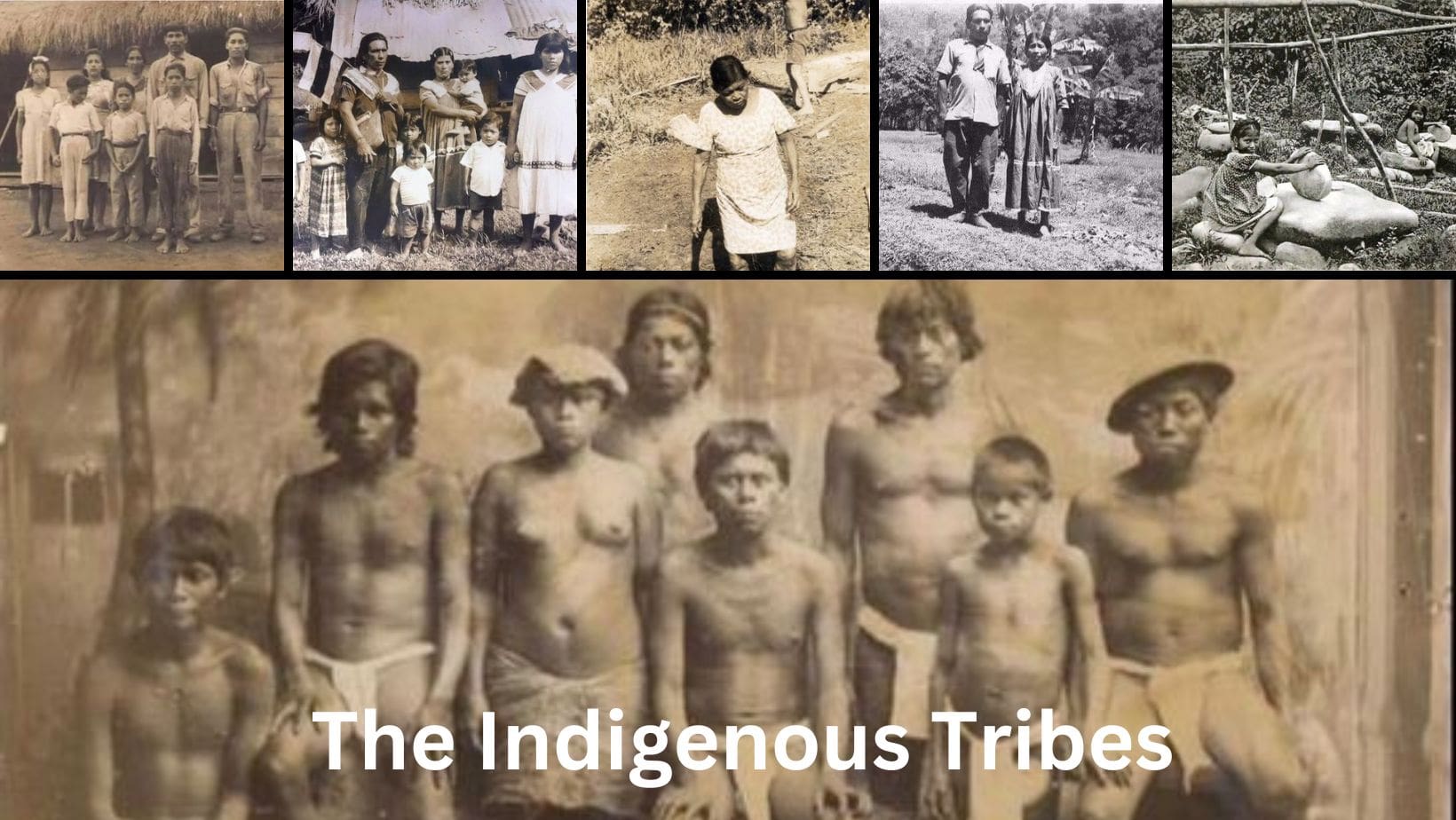
The Indigenous Tribes of Costa Rica
Despite the fact that Costa Rica is an incredibly diverse nation, like in many parts of the world, indigenous communities are at risk of losing their cultural identities due to colonization, urbanization, and globalization. Therefore, it is crucial to know, understand and recognize these indigenous tribes, acknowledging their remarkable survival while committed to keeping their heritage alive for future generations.
A global concern
Indigenous people everywhere are a world treasure. We need to learn from their cultures and embrace their historical value.
Protecting indigenous tribes is essential due to their unique communities and vital components of cultural diversity. Despite being overlooked and discriminated against throughout history, indigenous tribes possess rich cultures, traditions, and experiences that are unparalleled.
Developed over many centuries, their language, beliefs, arts and customs are remarkable and valuable to the history and cultural heritage of humanity.
Unfortunately, indigenous people have been subject to marginalization, oppression and violence throughout history, leading to many tribes being endangered. Therefore, protecting all indigenous tribes and their cultures is critical to ensure that their voices are heard, their traditions are recognized, and their future is secure
In recent years many governments around the world have passed laws to protect their indigenous people. This is the case in Costa Rica, which is home to eight distinct indigenous groups that contribute to the country’s rich cultural diversity.
These indigenous tribes have always been an essential part of Costa Rican society and are recognized for their customs, traditions, language, and heritage. Below is an overview of these national treasures.
The Cabécar,
also known as “the mountain people,” belong to one of the most recognized indigenous communities in Costa Rica, located in the south-central region of the country. The Cabécar are known for their traditional practices in agriculture, herbal medicine, and spirituality, which are still vital today. Although they are recognized as the largest indigenous tribe, the Cabécar people have also faced discrimination, mistreatment and marginalization from society, and have fought for their rights in the past.
The Huetars
are known for their intricate stone carvings and sculptures. According to historical accounts, they were skilled in agriculture and had a complex social hierarchy. Despite their advanced culture, the Huetars were eventually conquered by Spanish colonizers in the 16th century. Today, their legacy lives on through their art and the few remaining descendants of this once-great civilization.
The Bribris
are officially recognized as the oldest group of indigenous people in Costa Rica. They live in the Talamanca region, in the mountains and Caribbean coastal areas of Costa Rica and northern Panama.
The Bribris are known for their traditional medicine practices, which involve using natural resources from the rainforest to heal ailments. They are also renowned for their handicrafts, including making masks used for their traditional dances and lifestyle. They believe that the earth and nature provide everything that they need, and as such, they consider the environment to be a central part of their spirituality and religion.
Challenges faced by the Bribris include deforestation, loss of land and encroachment of modern civilization on their way of life.
The Borucas tribe
is among the most iconic indigenous communities in the region. They live predominantly in the Boruca reservation, located near the Pacific Ocean. The Borucas are known for their elaborate hand-crafted masks, of significant cultural and historical value. With each design representing a different character or spirit, these masks are traditionally used in the Boruca’s annual “Danza de los Diablitos” (Dance of the Little Devils) festival, which celebrates the tribe’s victory over Spanish conquistadors.
The Maleku people
are known for their connection to the land and unique way of life. They are recognized as a peace-loving community, traditionally living in the north part of Costa Rica.
With a deep understanding of their surroundings, the Maleku people have a rich culture and have been able to maintain their traditions despite modern world influences. Tribe members are known for their artistic abilities with wood carving, and for continuing to practice ancient medical treatments and the passing on of wisdom through their oral traditions.
The Chorotegas
were prominent indigenous people who lived in the Pacific coastal region of Nicaragua and Guanacaste (once part of Nicaragua) during the Pre-Columbian era. They were skilled agriculturalists and pottery makers and had a sophisticated understanding of natural resources and environmental management.
The Chorotegas had their own language, religion and social structure, which included a powerful chiefdom system. Despite their advanced civilization, the Chorotegas were eventually conquered by the Spanish in the 16th century, and their culture and way of life were significantly altered by European colonization.
The Teribas tribe
lives in the far southeast of the country along the Sixaola River, which marks the border with Panama. The Teribes are known for their beautiful handicrafts and their secluded way of living. Their traditional handicrafts, such as baskets, bags, and earrings made of different materials, are sought after by people across the country.
The Guaymis people,
also known as the Ngäbes, are indigenous to Costa Rica and other Central American countries. They have a strong connection to nature and believe that everything in the world is interconnected. They are renowned for their sturdy baskets made out of different fibers and their traditional clothing, which reflects their cultural identity. The Guaymis have their own language, but many also speak Spanish.
Historically, the Guaymis were hunter-gatherers and lived off the land. Today, many Guaymis work in agriculture and fishing. Despite facing discrimination and marginalization, the Guaymis have a strong cultural identity and continue to celebrate their traditions and beliefs.
Finally, the Cotos
tribe is among the smallest indigenous communities in Costa Rica, with only a few hundred members. The Cotos people live in the country’s central region and are known for their ability to use natural resources sustainably. The Cotos tribe is also famous for their art, particularly their sculptures in stone, which are considered an expression of their spiritual and cultural values.
Survival is critically important
The survival of Costa Rica’s indigenous tribes is of utmost importance.
Indigenous communities continue to face challenges that threaten their lifestyles, traditions, and heritage. It is vital to recognize their existence, learn from their traditions, and acknowledge their contribution to Costa Rican society.
It is up to communities, academic institutions, and the government to support and protect the rights of indigenous populations to keep their cultural heritage alive for generations to come. Costa Rica stands to gain from the world’s recognition of its diverse and rich cultural heritage, which must be preserved and celebrated.
The common thread in all these tribes is their work to preserve the environment. Throughout the world, indigenous people are under attack by the progress of our current society.
What can we learn from these groups?
These communities are the caretakers of biological and ecological diversity. Indigenous tribes possess intimate knowledge of ecosystems and an aptitude for using resources sustainably that we can learn from. The knowledge of local biodiversity and ecological balance, combined with sustainable resource management practices, allows these communities to thrive in harmony with the environment. By actively protecting and including indigenous peoples in environmental decision-making, we can ensure that natural resources are utilized and managed sustainably for generations to come.
Protecting indigenous tribes is not only valuable from a cultural perspective but is also vital to ensure a sustainable future for all.
It is critical that we protect indigenous tribes. By learning more about their history and traditions, we can gain a greater appreciation for the diversity and richness of the human experience.
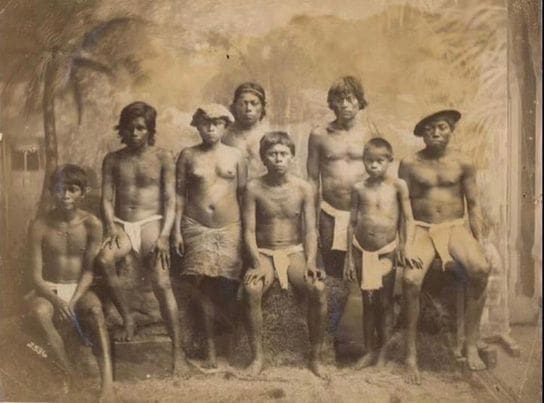
Indigenous Malekus or Guatusos, Alajuela, 1892
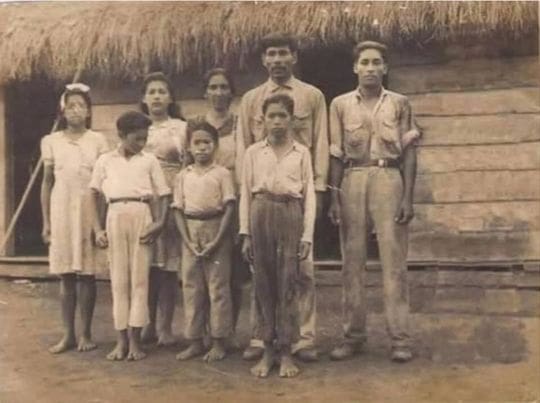
Navas Villanueva Family. Teribes Indigenous. Manuel Navas in front first from right to left, Grandfather of Keylor Navas, the famous Costa Rican soccer player. 1930

Pablo Bejarono, Ngobe indigenous leader. 1970
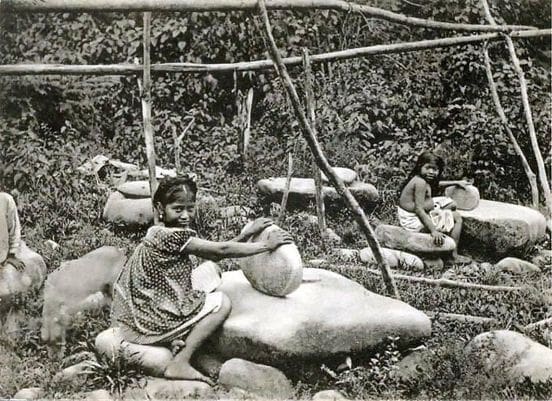
Cabecar Indians grinding corn to make chicha 1900s
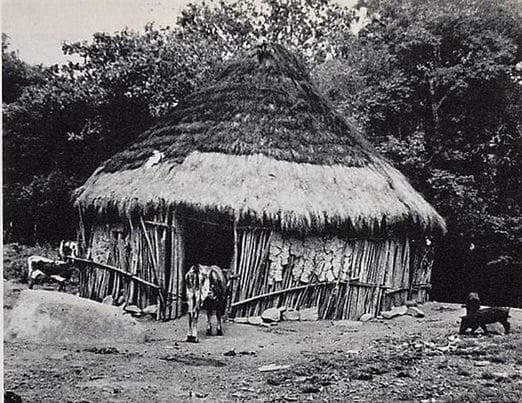
Cabecar House. Ujarrás Puntarenas. Costa Rica – date unknown

Maleku indigenous woman. 1977

The cacique de la Casona, Don Pedro Bejarano with his mother Joseba back in the 1960s in the Ngöbe indigenous territory in Coto Brus

Boruca 1930
